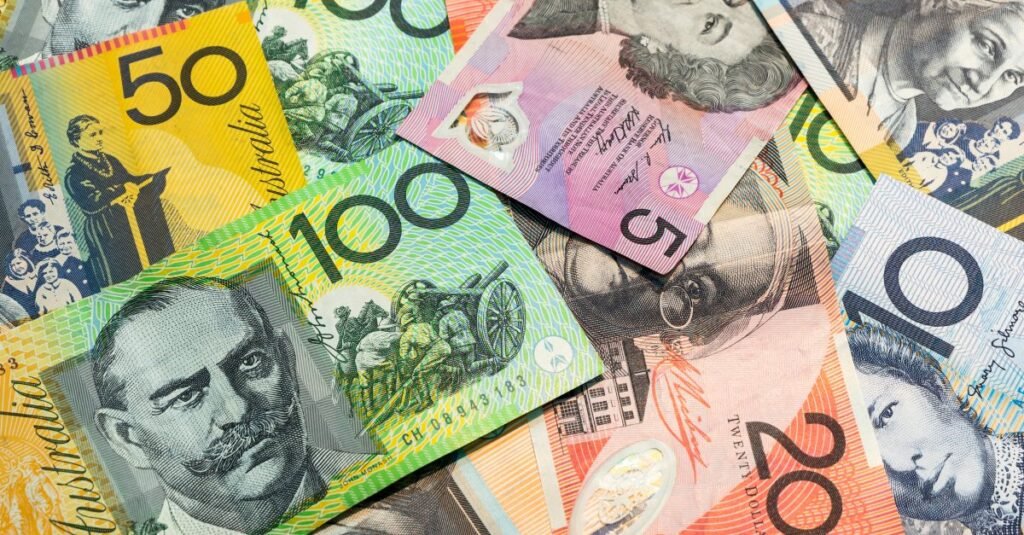
- AUD/USD slides 1%.
- China’s CPI and PPI slow in June.
The Australian dollar continues to show sharp volatility. AUD/USD is down 0.80% on Monday, trading at 0.6637. The decline has erased most of the 1% gains we saw on Friday. On the economic calendar, Australia releases consumer and business confidence reports on Tuesday.
China’s inflation stalls
China’s consumer price inflation slowed to 0.0% y/y in June, below the 0.2% gain in May, which was also the consensus estimate. On a monthly basis, CPI declined by 0.2% for a second month, shy of the consensus estimate of 0.0%. China’s producer price index fell in June by 5.4% y/y, worse than the -4.6% reading in May and below the -5.0% consensus estimate.
The soft numbers indicate that China may have entered a phase of deflation and are further evidence that China’s recovery from Covid has been sluggish and uneven. The Chinese central bank cut lending rates in June and Goldman Sachs lowered its estimate for China’s GDP for 2023 from 6% to 5.4%.
China is Australia’s number one trading partner and the Australian dollar is sensitive to Chinese economic releases. The soft inflation data mean less economic activity and less demand for Australian exports to the Asian giant. In response, the Australian dollar has dropped sharply on Monday.
US Nonfarm Payrolls slip in June
Is the US labour market finally cooling down? Friday’s nonfarm payroll report was soft, falling from a downwardly revised 306,000 in May to 209,000 in June, missing the consensus estimate of 225,000. The drop in nonfarm payrolls was dramatic, especially with all the hype ahead of the release after the ADP Employment report posted a massive gain of 497,000, up from 267,000 and crushing the consensus estimate of 228,000. There were expectations that nonfarm payrolls would follow suit and force the Fed to keep raising rates.
In the end, nonfarm payrolls wasn’t much lower than the estimate, but the US dollar still took it on the chin against the major currencies on Friday, and the Aussie jumped by 1%. The markets have almost fully priced in a rate hike on July 26th but then expect a pause in September. If Wednesday’s inflation report misses expectations, there will be more talk of the Fed winding up its tightening cycle before the end of the year.

